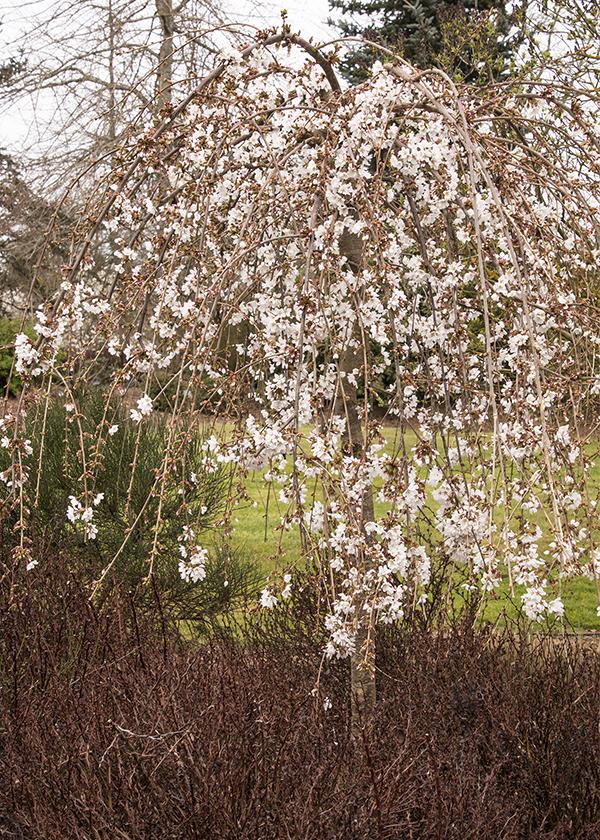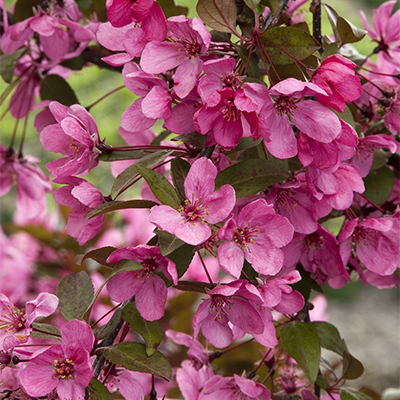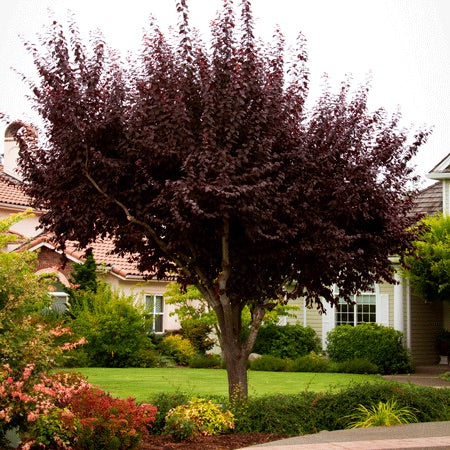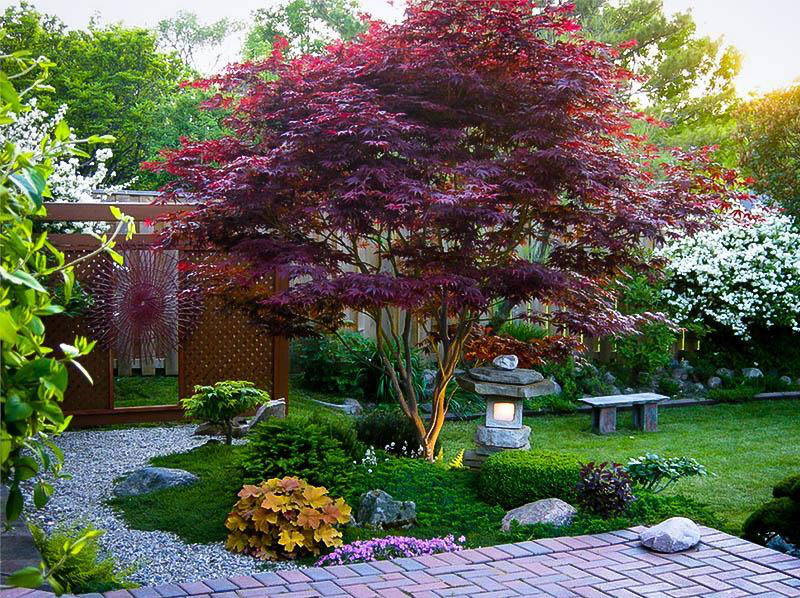When it comes to enhancing the beauty of your outdoor space, decorative trees play a pivotal role. If you live in USDA Hardiness Zone 4, with its cold winters and warm summers, selecting the right species of trees is crucial for creating a vibrant and thriving landscape. In this comprehensive guide, we’ll explore the top decorative trees for Zone 4, share personal experiences, and provide tips to help you choose the best options for your garden.
Understanding Zone 4: Climate and Conditions
Zone 4 experiences harsh winters, with temperatures that can drop as low as -30°F (-34°C). However, the growing season can be surprisingly pleasant, with warm summer temperatures. This unique climate means that gardeners need to select trees that can endure both extremes. Let’s dive into some of the best decorative trees suited for these conditions.
Climate Specifics and Soil Requirements
Zone 4 soils can be diverse, but they often provide good drainage and vary from sandy to clay-like. Knowing your soil type helps in selecting the right tree. Regular soil tests can ensure optimal growth. Here’s a quick overview:
| Soil Type | pH Level | Drainage |
|---|---|---|
| Sandy | 6.0 – 7.0 | Good |
| Clay | 5.5 – 6.5 | Poor |
| Silt | 6.0 – 7.0 | Moderate |
Top Decorative Trees for Zone 4
Now let’s explore some stunning decorative trees that thrive in Zone 4. Whether you’re looking for vibrant colors in the fall or beautiful blooms in spring, these trees have you covered.

1. Red Maple (Acer rubrum)
This popular tree is known for its brilliant red foliage in the fall. It’s fast-growing, adaptable to various soil conditions, and offers great shade during summer months.
Pros:
- Beautiful fall color
- Fast growth rate
- Attracts wildlife

Cons:
- Requires regular pruning
- May suffer from pest issues
2. Serviceberry (Amelanchier spp.)
A stunning multi-season tree, the Serviceberry provides white flowers in spring, followed by edible berries in summer and vibrant fall colors. It’s also an excellent choice for smaller gardens.

Pros:
- Beautiful blooms
- Edible berries for wildlife
- Low maintenance
Cons:
- Can be susceptible to rust diseases
- Less shade compared to larger trees

3. Eastern Redbud (Cercis canadensis)
This small tree is praised for its stunning pink flowers that bloom before the leaves appear. It adds a splash of color in the early spring and works well in gardens and as a street tree.
Pros:
- Gorgeous spring blossoms
- Unique heart-shaped leaves
- Compact size suitable for small spaces

Cons:
- Needs full sun for optimal flowering
- Limited fall color
4. Norway Spruce (Picea abies)
A classic choice for evergreens, the Norway Spruce provides year-round color and can be used as a windbreak or privacy screen. It is incredibly hardy and adaptable to various soil types.

Pros:
- Year-round greenery
- Fast growth rate
- Adapts well to urban environments
Cons:
- Can grow very tall
- May attract spruce budworm

5. Flowering Crabapple (Malus spp.)
These trees are known for their stunning blossoms that appear in spring and their unique fruit which can attract birds. They offer a charming aesthetic, perfect for any garden.
Pros:
- Beautiful flowers and attractive fruits
- Varieties available for different spaces
- Ideal for attracting wildlife
Cons:
- Requires regular maintenance
- May be prone to diseases
How to Select the Right Tree for Your Garden
Choosing the right tree for your landscape involves more than just visual appeal. Here are some key factors to consider:
Space Availability
Consider the space you have in your garden. Trees can grow significantly over time, so select one that will fit well within your available space.
Sunlight Requirements
Different trees have varying sunlight needs. Pay attention to whether your chosen area receives full sun, partial shade, or full shade, as this will influence the health and growth of your tree.
Maintenance Level
Some trees require more care than others. If you prefer a low-maintenance tree, look for species that are hardy and resistant to diseases.
Aesthetic Appeal
Consider the aesthetic qualities you want to achieve in your yard. Think about blooming seasons, leaf shapes, colors, and potential wildlife attractants.
Personal Experience: My Journey with Zone 4 Trees
A few years ago, I decided to transform my small garden in Zone 4. After much research, I opted for a flowering crabapple and a serviceberry. The vibrant colors in the spring and their ability to attract birds were unbeatable. I highly recommend visiting local nurseries to see which trees resonate with you!
Conclusion: Transform Your Garden with Zone 4 Trees
With the right decorative trees, your garden can be a stunning space that transitions beautifully through the seasons. Whether it’s the captivating colors of a red maple or the delicate blooms of a flowering crabapple, each tree brings its own charm to your outdoor oasis.
FAQs about Decorative Trees for Zone 4
What are the best shade trees for Zone 4?
Some of the best shade trees for Zone 4 include the Red Maple, Norway Spruce, and River Birch. These trees provide ample shade and adapt well to the climate.
When is the best time to plant trees in Zone 4?
The optimal time to plant trees in Zone 4 is in the spring after the last frost or in early fall. This gives the trees time to establish roots before the harsh winter.
Are there any fast-growing trees suitable for Zone 4?
Yes, several fast-growing trees thrive in Zone 4, such as the Red Maple and Silver Maple. These trees can provide shade and beauty quickly.
How can I care for my trees during winter?
To care for your trees during winter, ensure they are properly mulched to retain soil moisture and protect their roots. Check for snow buildup on branches and gently remove it to prevent breakage.
Can I plant fruit trees in Zone 4?
Absolutely! Trees like apple, cherry, and pear can thrive in Zone 4. Just make sure to choose varieties that are hardy in colder climates.